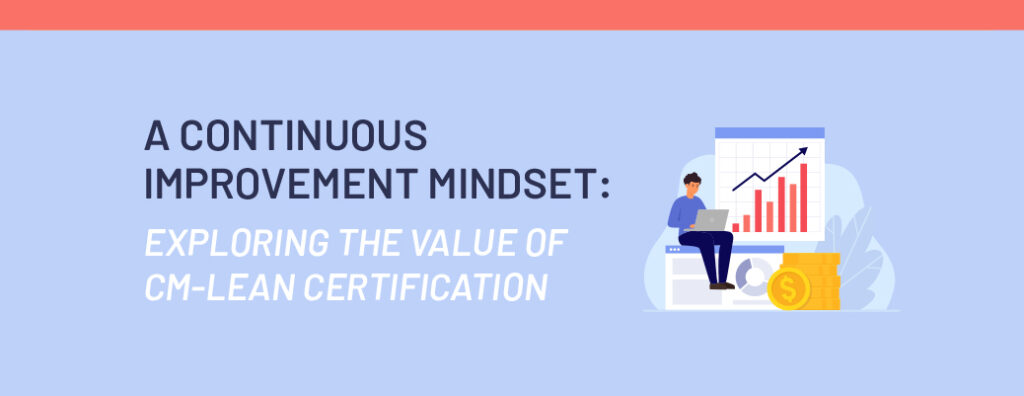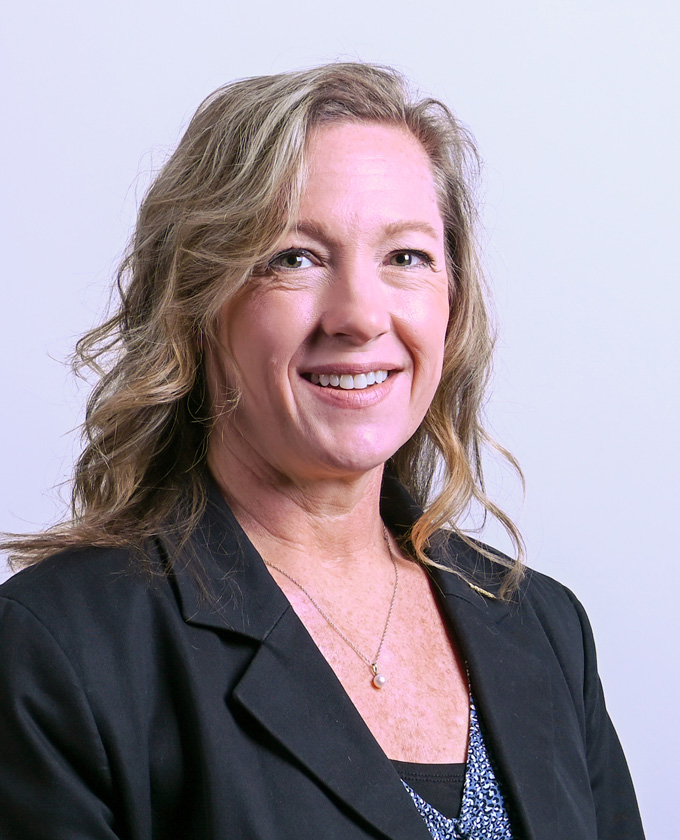
Last year at this time we made a corporate commitment to become even more efficient in the way we operate. After seeing the benefits of Lean methodology and tools used on the construction projects we manage, we launched an initiative to encourage our team members to pursue their Certificate of Management in Lean Construction (CM-Lean) through the Associated General Contractors of America (AGC). Led by our own certified instructors, more than two dozen MBP team members attended the CM-Lean course.
But First, What is Lean?
The concept of Lean has been around for decades. What started in Japanese automobile manufacturing in the 1950s has made its way to construction in recent years, and the reasons are clear. While Lean practices are required on many of our projects, we recognize its benefits extend beyond that. Lean principles are human principles– bringing people together to work out issues, eliminate waste, and focus on continuous improvement. The Lean approach involves identifying those activities that are “non-value added” and reducing or eliminating those activities. It is intended to accelerate the improvement process and instill a positive workplace culture by gaining consensus from team members from all levels of responsibility.
To help understand its application, we sat down with three of our newest CM-Lean certified team members to get their take on how Lean has shifted their approach to their day-to-day work. Each is at a different stage in their career and offers a slightly different perspective on utilizing Lean.
Aaron Cox is a Lead Engineer with five years of experience focused on construction management, Antonio Pilato is a Project Manager with ten years of experience in commissioning, scheduling, and construction management projects, and Jennifer Hamby is a Project Manager with close to 30 years of experience in all aspects of construction management. Despite their different roles, the CM-Lean program has proved valuable for all. Here’s a look into their journey:

Aaron: On my current project I am working with the team to implement a mindset of continuous improvement. Through careful planning and coordination, we are streamlining our workflow to ensure that materials, equipment, and personnel are readily available when needed. We have established clear communication channels to facilitate quick decision-making and address any issues promptly. Additionally, we regularly monitor performance metrics, identifying areas for improvement, and implementing corrective actions as needed. By embracing Lean principles, we are enhancing productivity, minimizing delays, and delivering a high-quality project.
Antonio: In projects where we have implemented Lean techniques, I have observed enhanced communication throughout the project team and improved and streamlined planning and change management compared to conventional projects. This has helped reduce bottlenecks and unnecessary delays, improving project outcomes.
Jennifer: There are many areas where Lean practices can be used no matter what stage the project is in. Lean is a mindset, and I have brought that mindset to the projects I have been on such as encouraging contractors to purposely limit inventory on a job site, reducing laydown areas, making use of offsite warehouses to stage materials to “pull” to the site, and reducing the “hurry up and wait” mentality of the workforce by having trades work together in smaller batches.

Aaron: I have developed a deeper understanding of waste elimination, process optimization, and continuous improvement. With this new perspective, I actively seek opportunities to streamline workflows, improve communication, and foster collaboration. I am more conscious of identifying and addressing inefficiencies promptly and seeking innovative solutions to bring positive change to my projects.
Antonio: Since I obtained my certification, my mindset has changed from thinking of project schedules purely from a CPM standpoint to considering how the Last Planner system could be more effective. The Last Planner system, a Lean process that promotes the creation of a predictable workflow, helps accurately plan and forecast the project on all levels, from project management down to the trades.
Jennifer: I come from a general contracting background where the mentality was to get the job done as fast as possible, put more manpower on a task if the schedule was behind, and have the trades work independently on tasks. Now I look at schedules, batches, and inventory differently. Trades should work at a consistently maintainable pace to ensure the project meets the plan, and batches of work can be made smaller, reducing excess inventory. Working slower as a group may seem counterintuitive, but I have learned that working in batches is a proven method to maintain productivity and meet goals.

Aaron: I apply Lean principles by prioritizing tasks and setting clear goals, ensuring that my time and efforts are focused on activities that have a positive effect on the project. I strive for open communication and collaboration by engaging with team members to share knowledge, identify bottlenecks, and implement improvements. I regularly review and analyze data to identify trends and areas for improvement.
Antonio: I apply the Lean concepts I learned to improve my workflow in my daily work. These efforts have helped me reduce waste and increase efficiency. I have taken concepts from Lean, such as batch sizing and flow, and applied them to many areas of my life. On a recent schedule development project, I broke the work into individual components, and I planned out how to execute each component to take the least amount of time possible without sacrificing quality.
Jennifer: Implementing Lean principles allows me to elevate day-to-day communication and foster productive collaboration among project stakeholders. I have found that working with partners who are also familiar with – and practice – Lean principles helps with this process. Another way I am applying Lean is by looking for ways to reduce the size of phases on a project. Breaking down larger tasks into smaller, manageable units helps project teams focus on completing each batch efficiently before moving on to the next. I also recommend leveraging offsite warehouse or staging areas for just-in-time deliveries, especially with the supply chain issues we are facing now.
The lessons Aaron, Antonio, Jennifer, and all our certified CM-Leans have learned studying the Lean methodology and its applications have reaped rewards for them personally and on the projects they support. Our CM-Leans motivate us each day to maintain a continuous improvement mindset, which we take both to our clients and internally to our operations. It’s an ongoing process, but we already see improved decision-making, increased productivity, sustainability, and efficiencies.
For questions about Lean or CM-Lean certification, please contact us for more information.





